The Most Popular APIs: REST, SOAP, GraphQL , and gRPC Explained
Learn about the most popular APIs - REST, SOAP, GraphQL, and gRPC. Understand their features, use cases, and differences between them.

The Most Popular APIs: REST, SOAP, GraphQL, and gRPC
Application Programming Interfaces (APIs) play a crucial role in enabling communication between different systems and applications. They provide a consistent way for applications to interact with each other, allowing developers to integrate functionality and exchange data seamlessly. It is important for both application architects and backend developers to have knowledge about which APIs are most suitable for specific applications.
In this article, we will look at the similarities and differences between SOAP, REST, GraphQL, and gRPC APIs. This will provide you with an understanding of their advantages and disadvantages, typical applications, and other factors to consider when selecting the most suitable option for your requirements.
🔂 What is API?
API, or Application Programming Interface is set of rules and protocols that enables various software applications to interact with each other by defining the formats and methods for communicate, exchanging or requesting information with each other. APIs are essential for building interconnected systems, enabling developers to leverage existing functionalities and resources in their own applications.

→ Types of APIs
- REST APIs (Representational State Transfer)
- SOAP APIs (Simple Object Access Protocol)
- GraphQL APIs
- gRPC APIs (Google Remote Procedure Call)
- Webhooks
- Open APIs
- Private/Internal APIs
- Partner APIs
- Composite APIs
Our focus will be limited to the four most popular API types, namely REST, SOAP, GraphQL, and gRPC.
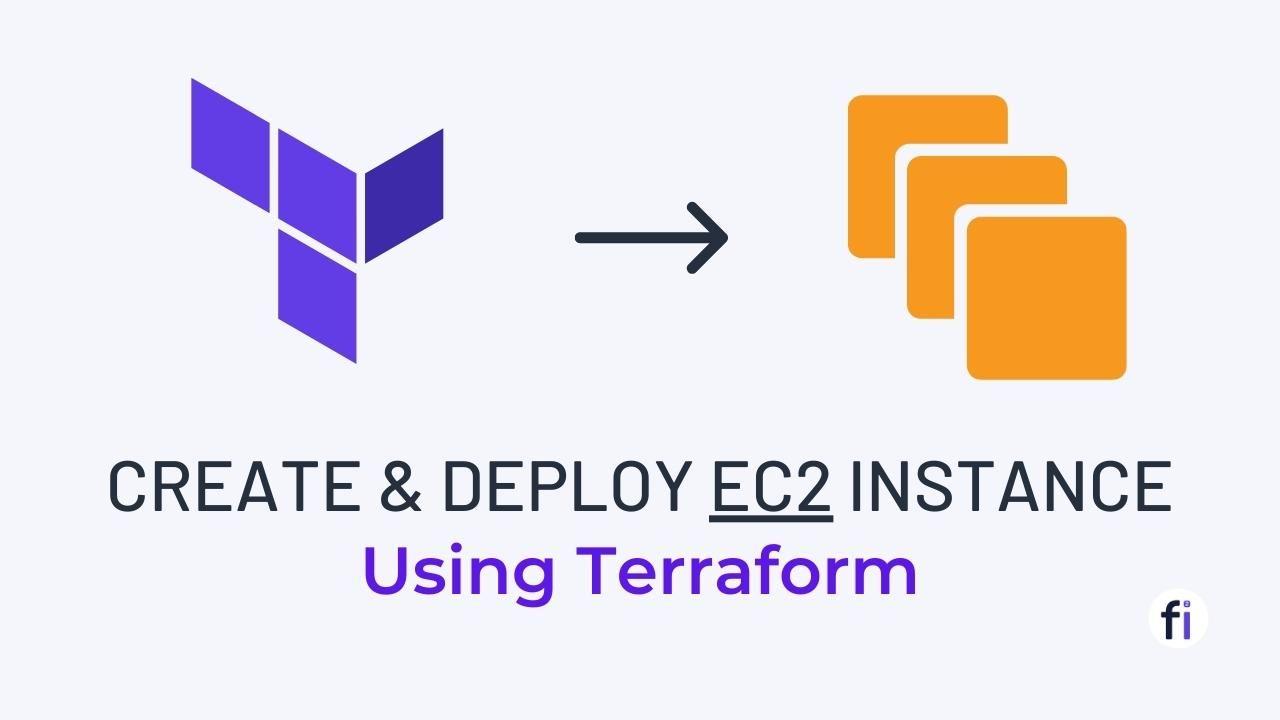
The Most Popular APIs: REST 🏢, SOAP 🧼, GraphQL 💡, and gRPC 🚀
1. REST 🏢 (Representational State Transfer)
REST is an architectural approach used to design networked applications. Its popularity in web services development is due to its ease of use, scalability, and widespread acceptance. RESTful APIs operate on a stateless client-server model, where the server offers resources that clients can manipulate using standard HTTP methods. JSON and XML are simple formats that enable the exchange of data.
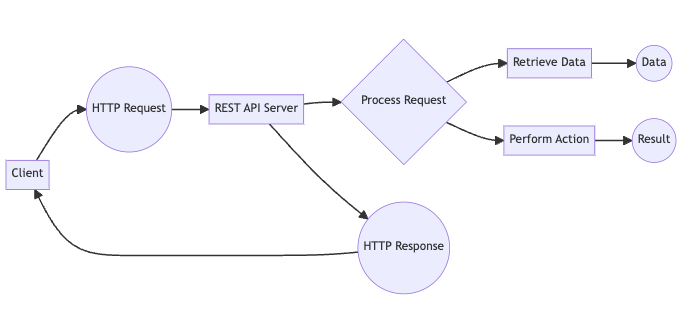
REST APIs are built on top of the HTTP protocol and utilize its verbs (GET, POST, PUT, DELETE) to perform operations on resources identified by URLs. REST APIs are known for their simplicity, as they rely on widely supported technologies and conventions.
This is an instance of a message for a REST API
{
"car": {
"vin": "KNDJT2A23A7703818",
"make": "kia",
"model": "soul",
"year": 2010,
"links": {
"service": "/cars/KNDJT2A23A7703818/service",
"sell": "/cars/KNDJT2A23A7703818/sell",
"clean": "/cars/KNDJT2A23A7703818/sell"
}
}
}Features
- Stateless: REST APIs are stateless, meaning that each request from a client contains all the information needed for the server to understand and process it.
- Resource-based: REST APIs expose resources that can be identified by unique URLs.
- CRUD Operations: REST APIs support four primary operations: Create, Read, Update, and Delete (CRUD).
- Scalability: REST APIs are highly scalable due to their stateless nature and reliance on HTTP.
Pros and Cons of REST API
| ✅ Pros | ❌ Cons |
|---|---|
| Simple and easy to use | Lacks built-in security features |
| Widely adopted and supported by the community | Limited functionality for complex data querying |
| Scalable and performs well | Can be challenging to version API updates |
| Supports multiple data formats (JSON, XML) |

2. SOAP 🧼 (Simple Object Access Protocol)
SOAP is a frequently utilized API technology in enterprise applications. SOAP is a method of exchanging data in XML format between a client and an online service or operation. In contrast to REST, SOAP is not just an architectural style but a protocol that establishes a framework for organizing messages and invoking web services through various transport protocols like SMTP, HTTP, and more.
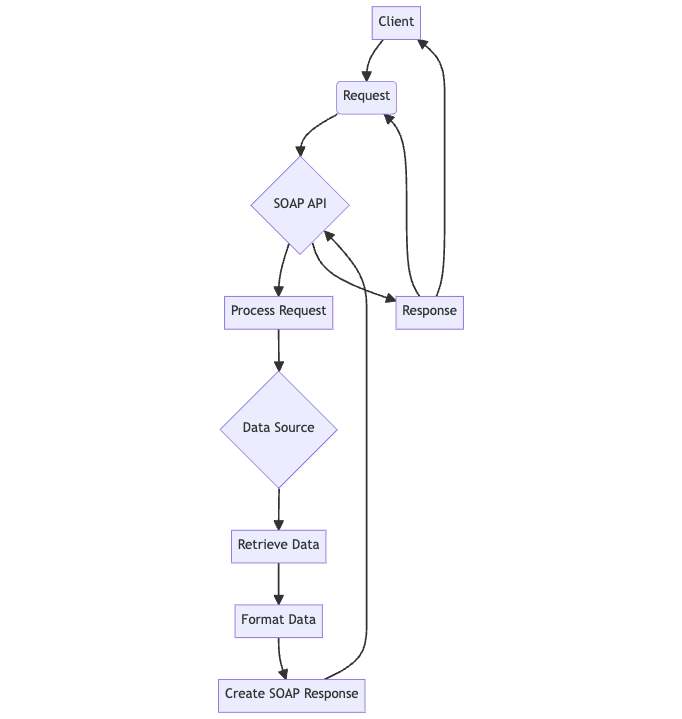
These messages are transmitted as requests from clients to servers and responses from servers to clients. SOAP APIs offer a consistent method for message structure, error handling, and security.
WSDL is often used in combination with SOAP for web services. WSDL plays a crucial role in enabling developers and machines to understand the intricacies of information exchange over the network. Additionally, WSDL provides information on the structure of SOAP request and response messages that are supported by the service.
This is an instance of a message for a SOAP API
POST /Quotation HTTP/1.0
Host: www.xyz.org
Content-Type: text/xml; charset = utf-8
Content-Length: nnn
<?xml version = "1.0"?>
<SOAP-ENV:Envelope
xmlns:SOAP-ENV = "http://www.w3.org/2001/12/soap-envelope"
SOAP-ENV:encodingStyle = "http://www.w3.org/2001/12/soap-encoding">
<SOAP-ENV:Body xmlns:m = "http://www.xyz.org/quotations">
<m:GetQuotation>
<m:QuotationsName>MiscroSoft</m:QuotationsName>
</m:GetQuotation>
</SOAP-ENV:Body>
</SOAP-ENV:Envelope>Features
- XML-based messages: SOAP messages are formatted using XML, making them self-descriptive and platform-independent.
- Protocol-agnostic: SOAP APIs can work over various protocols, allowing interoperability between different systems.
- Built-in error handling: SOAP provides a well-defined structure for handling errors and exceptions.
- WS-* Specifications: SOAP supports a range of specifications for security, reliability, and other advanced features.
Pros and Cons of SOAP API
| ✅ Pros | ❌ Cons |
|---|---|
| Strong security features with built-in support for encryption and digital signatures. | Complexity and verbosity due to XML-based messages. |
| Wide support for different transport protocols. | Slower performance compared to REST due to overhead from XML parsing. |
| Built-in error handling and fault tolerance. | Steeper learning curve and less simplicity compared to REST. |
| Support for complex data types and structures. |

3. GraphQL 💡
Developed by Facebook, GraphQL is a modern API technology that overcomes the limitations of traditional REST APIs. It offers a versatile and effective way of querying and manipulating data. With GraphQL, clients can request precise data structures, which solves the issues of over-fetching or under-fetching data.
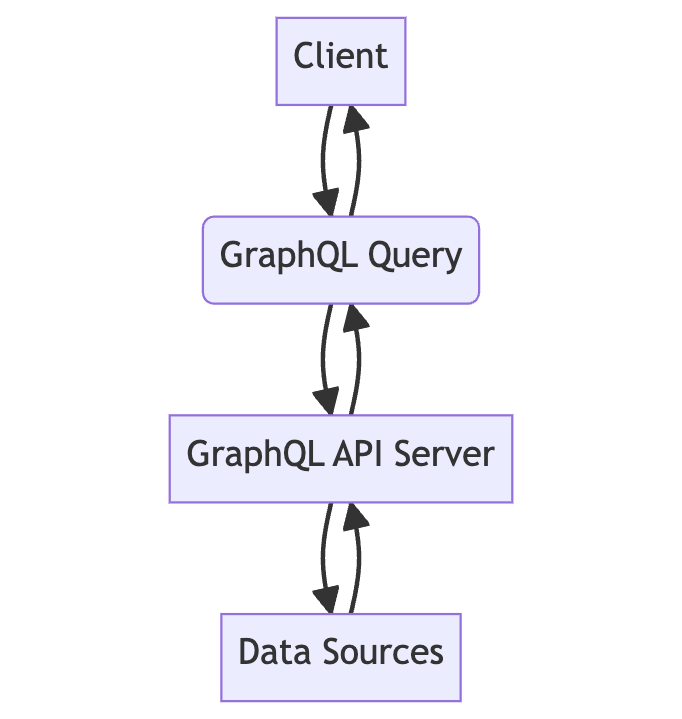
A schema is defined by GraphQL APIs to outline the data types and operations that are available. Clients can then send requests to the server, specifying the desired data structure. After generating a query in the form of a string, it is sent to a server for processing. The server then responds to the client with the result in JSON format.
In GraphQL, the connections between objects are depicted in a hierarchical manner. Each object type serves as a constituent in this framework, and each correlated field linking one object type to another signifies a constituent that encapsulates another constituent.
This is an instance of a message for a GraphQL API
const typeDefs = `
type Query {
user(id: ID!): User
}
type User {
id: ID!
name: String
email: String
}Features
- Flexible data querying: Clients have control over the data they receive, avoiding over-fetching or multiple round-trips.
- Strong typing and introspection: GraphQL APIs have a well-defined schema that allows clients to introspect available operations and data structures.
- Real-time updates: GraphQL supports real-time data updates through subscriptions, enabling applications with live data requirements.
- Efficient network communication: GraphQL reduces the number of network requests by allowing clients to fetch multiple resources in a single request.
Pros and Cons of GraphQL API
| ✅ Pros | ❌ Cons |
|---|---|
| Efficient data retrieval and reduced network overhead | Increased server complexity compared to traditional REST APIs. |
| Strong typing and self-documenting nature of the API | Learning curve and potential overuse leading to performance issues. |
| Improved developer productivity with introspection and tooling support | Caching challenges due to the dynamic nature of queries. |
| Real-time updates for applications requiring live data |

4. gRPC 🚀 (Google Remote Procedure Call)
gRPC is an API framework created by Google that facilitates communication between distributed systems by defining services and message formats using Protocol Buffers. It offers high performance and supports various programming languages. Additionally, it provides features such as bidirectional streaming, load balancing, and authentication.

The interface definition language and structured data serialization used by gRPC APIs is Protocol Buffers (protobuf). Services and their methods can be defined by both clients and servers through protobuf files. The communication between clients and servers is carried out via HTTP/2, which offers better performance than standard HTTP.
This is an instance of a message for a gRPC API
// Define the message structure for a simple user request
message UserRequest {
string name = 1;
int32 age = 2;
}
// Define the message structure for a response containing user information
message UserResponse {
string name = 1;
string email = 2;
}
// Define the gRPC service for user management
service UserService {
rpc GetUser(UserRequest) returns (UserResponse);
}
Features
- Efficient and high-performance communication using HTTP/2 and binary serialization.
- Strong typing and automatic code generation using Protocol Buffers.
- Bidirectional streaming and flow control for real-time communication.
- Support for multiple programming languages and platforms.
Pros and Cons of gRPC API
| ✅ Pros | ❌ Cons |
|---|---|
| High-performance and low-latency communication | Higher complexity |
| Strong typing and automatic code generation | Limited browser support |
| Bidirectional streaming and real-time communication | Learning curve for new developers |
| Load balancing and authentication support |
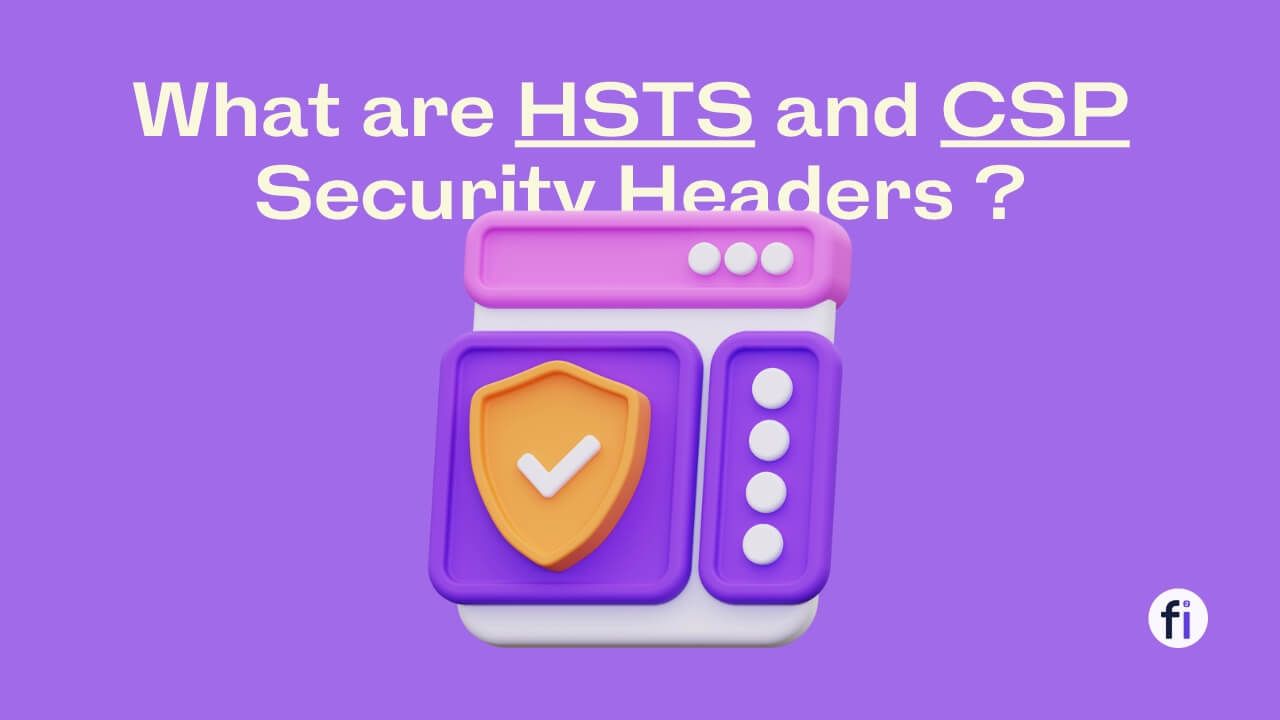
🛑 Difference between APIs
| Feature → | REST ? | SOAP ? | GraphQL ? | gRPC ? |
|---|---|---|---|---|
| Communication Protocol | HTTP | SOAP | HTTP | HTTP/2 |
| Data Format | JSON, XML | XML | JSON | Protocol Buffers |
| Messaging Style | Asynchronous | Synchronous | Asynchronous | Synchronous |
| Payload Size | Variable | Large | Variable | Small |
| Security | OAuth2, Basic Auth, JWT | WS-Security, TLS | OAuth2, Basic Auth, JWT | TLS |
| Ease of Use | Easy to learn and use | Complex to learn and use | Easy to learn and use | Easy to learn and use |
| Performance | Good performance | Good performance | Good performance | Excellent performance |
| Scalability | Highly scalable | Not as scalable as REST | Highly scalable | Highly scalable |
| Use Cases | Web applications, mobile apps, IoT devices | Enterprise applications, web services | Web applications, mobile apps, IoT devices | Enterprise applications, web services |
| Best For | Simple applications, applications with a small number of users | Complex applications, applications with a large number of users | Simple applications, applications with a small number of users | Complex applications, applications with a large number of users |

⚡️ APIs Use Cases
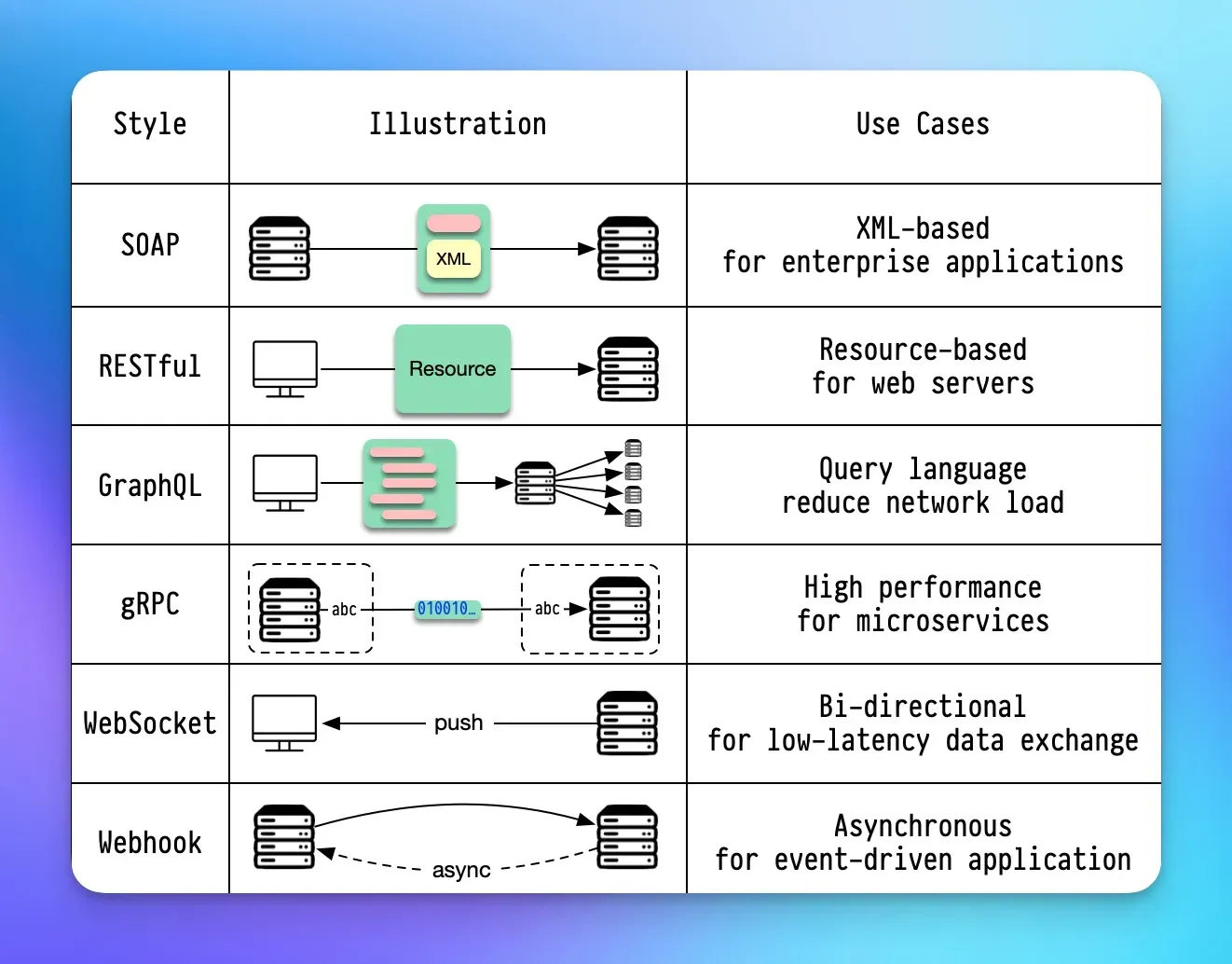
To select the appropriate API for your requirements, it's essential to consider various factors. While there is no one-size-fits-all API, each type has unique features that make it suitable for specific applications. To determine which API is the best fit for you, ask yourself questions such as which programming language you prefer to use, the environment you will be working in, the critical functionality you require, the skills of your team, and the resources you have available for the project.
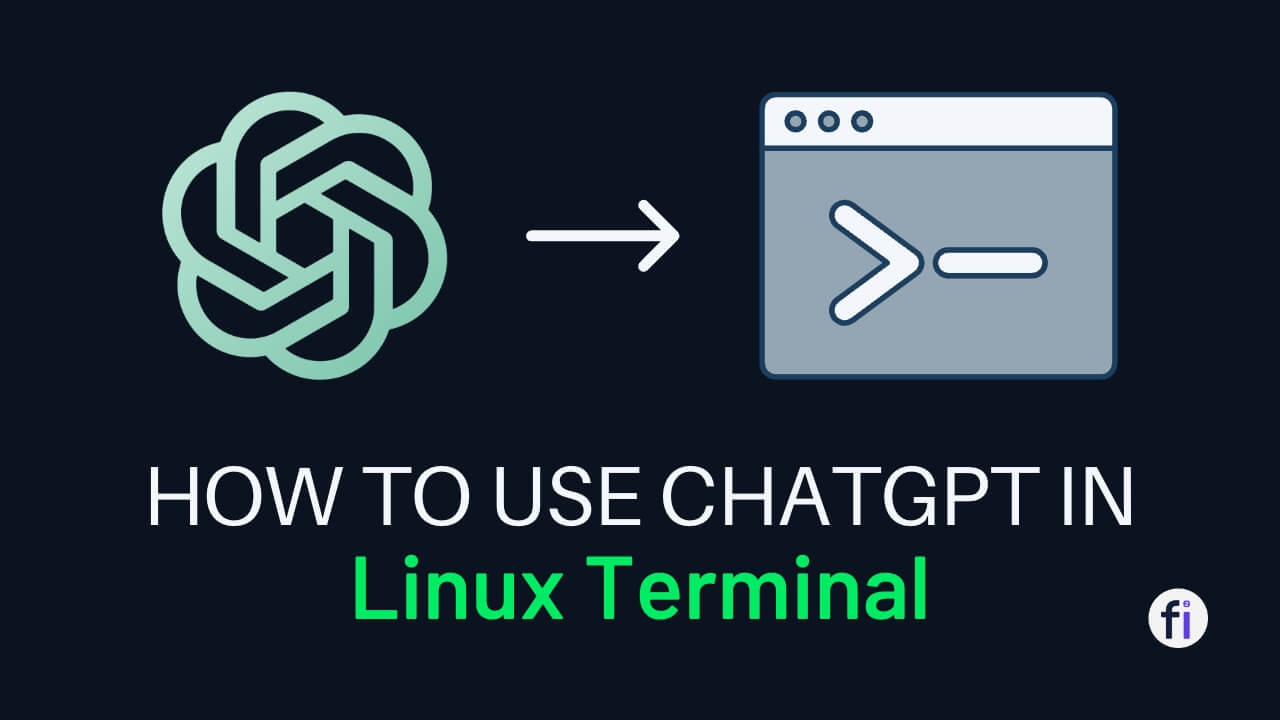
😎 Conclusion
To sum up, REST, SOAP, GraphQL, and gRPC are all well-known API technologies, each with its own advantages and specific uses. REST APIs are extensively used, easy to understand, and can be scaled up efficiently, making them appropriate for various applications. SOAP APIs are exceptional in integrating enterprise-level systems, providing robust security and error-handling features. GraphQL allows for adaptable and efficient data querying, especially for client applications with intricate data requirements. Lastly, gRPC enables high-speed communication and permits bidirectional streaming, making it perfect for distributed systems.
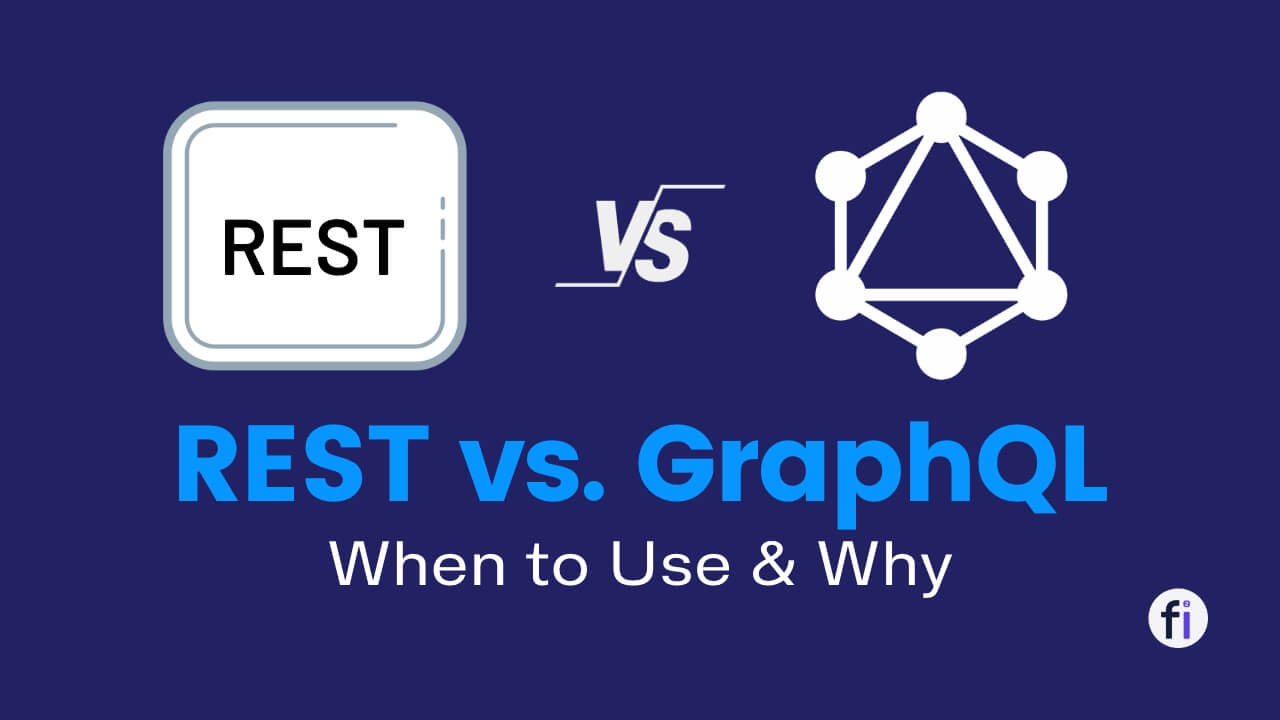
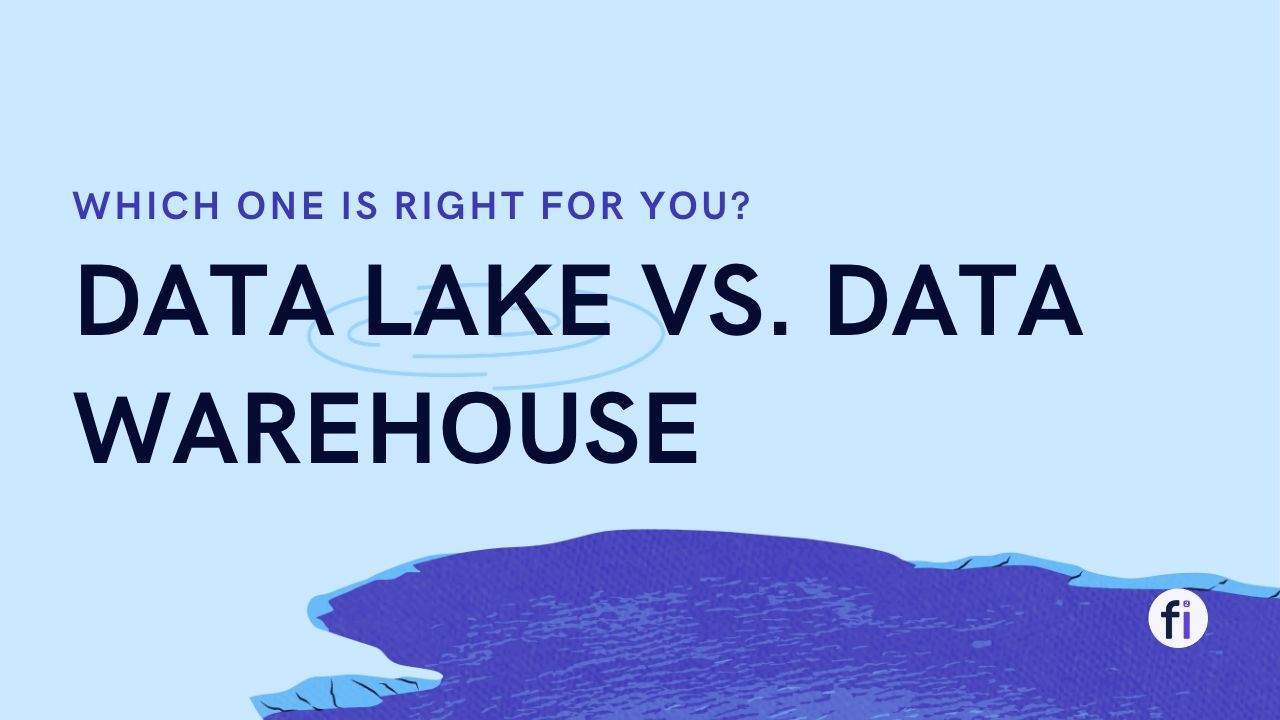


FAQs
What is the difference between REST and SOAP APIs?
REST APIs are based on a simple architecture and use HTTP verbs for communication, while SOAP APIs are a protocol with XML-based messages and built-in error handling.
When should I use GraphQL instead of REST?
GraphQL is a good choice when you need flexibility in data querying and want to avoid over-fetching or under-fetching data.
Can I use gRPC with any programming language?
Yes, gRPC supports multiple programming languages, including Java, Python, Go, C++, and more.
Are there any security concerns with REST APIs?
While REST APIs lack built-in security features, you can implement security measures such as authentication and encryption to protect your API.
Which API technology is the best?
The best API technology depends on your specific requirements. Evaluate factors like simplicity, performance, and compatibility with your project before making a decision.

